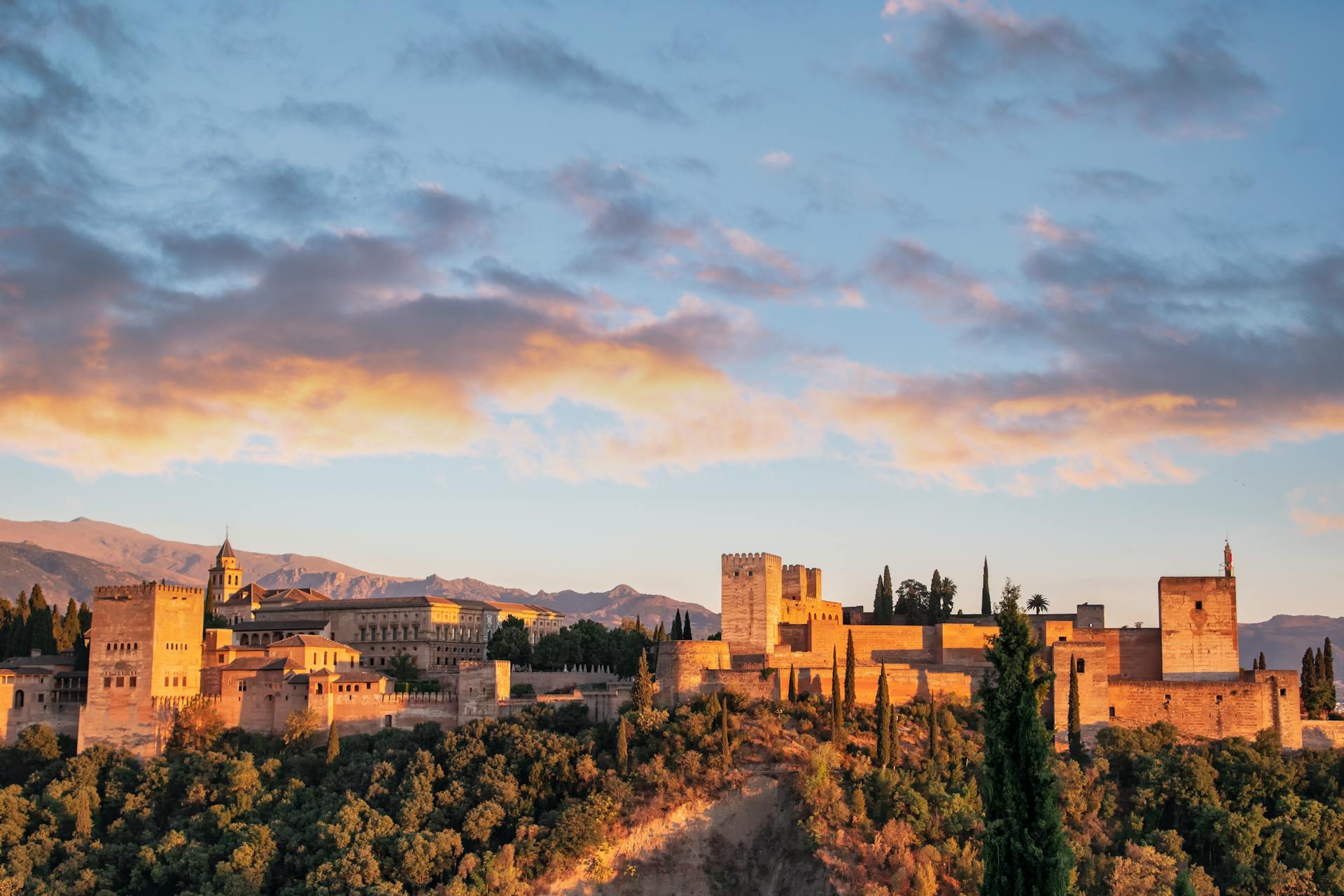 Architectural Marvels
Architectural Marvels
Medieval castles, with their towering walls and imposing battlements, were marvels of architecture and engineering. Designed for defense, these structures featured moats, drawbridges, and thick stone walls to withstand sieges. The layout often included a central keep, which served as the last line of defense and the residence of the lord. Castles were strategically located on high ground or near vital routes, asserting dominance over the surrounding landscape.
Centers of Administration and Control
Beyond their military function, castles were also administrative centers. They housed the lord’s household, court, and garrison, becoming the focal point of local governance. The castle was a hub of political and economic activity, where decisions affecting the local community were made. The presence of a castle often spurred the growth of nearby towns, which provided supplies and services to the castle’s inhabitants.
Symbols of Power and Prestige
Castles were potent symbols of feudal power and prestige. They represented the authority and wealth of the lord and were often built to reflect the latest architectural trends. The grandeur of a castle’s design, from its soaring towers to its elaborate interiors, conveyed the social status and influence of its owner. Castles hosted feasts, tournaments, and other events that reinforced the social hierarchy and the lord’s dominance.
Conclusion
Medieval castles were more than just military fortresses; they were centers of power, administration, and social life. Their enduring legacy is a testament to their significance in shaping the medieval landscape and their lasting impact on European history.